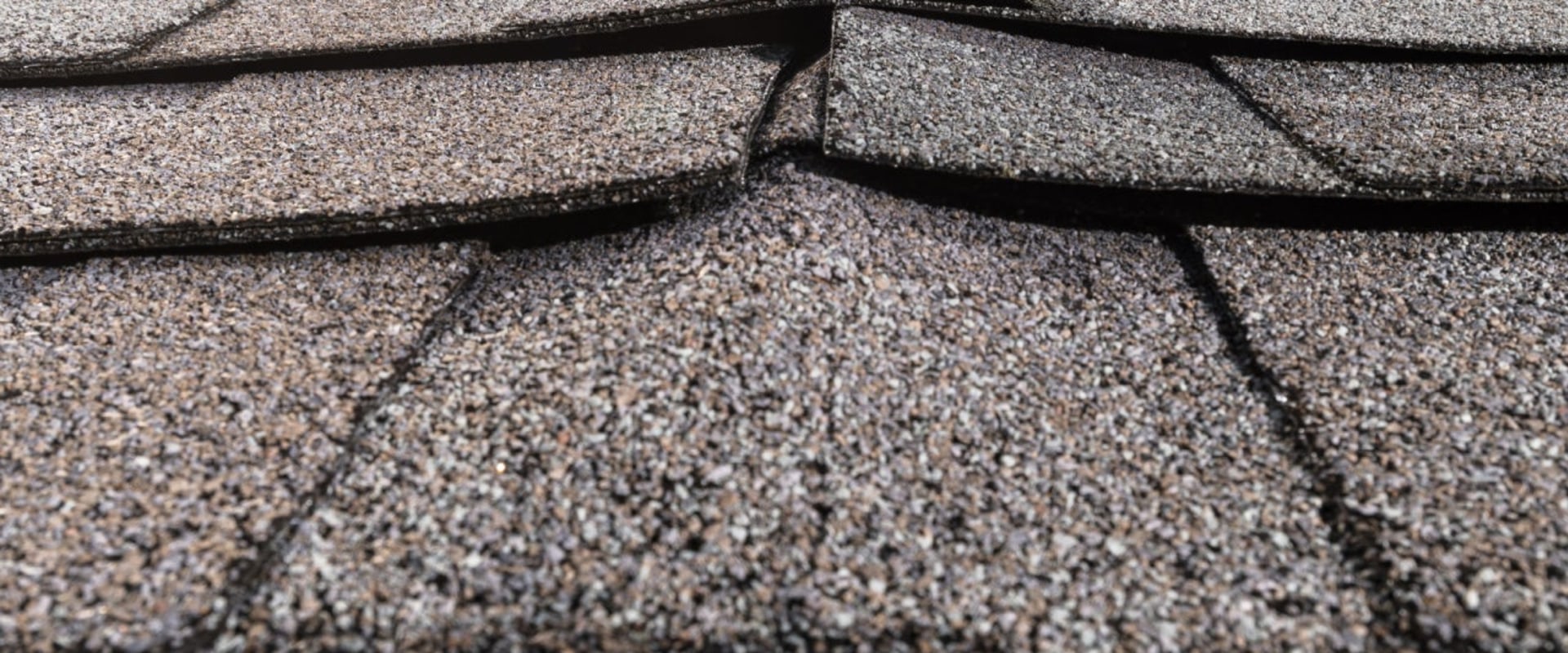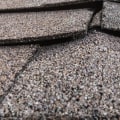As a homeowner, you may be wondering if your comprehensive insurance policy covers the cost of replacing your roof if it is damaged. The answer is yes, in most cases. Your policy will usually cover the cost of replacing your roof if the damage or destruction is the result of a sudden accident or act of nature. However, problems resulting from general wear and tear or a roof that has exceeded its expected service life cannot be reimbursed, as they are the responsibility of the owner.
If your roof is 10 years old or younger, it will likely be covered for a complete replacement. If it is 20 years old or older, your insurance company may only reimburse you for what an old roof was worth at the time of damage, after decades of wear and tear. If your policy is an RCV (Replacement Cost Value) policy, your insurance company will pay the replacement value of your roof at the time of a covered loss. That is, the replacement value minus the excess.
Under the RCV valuation method, there is no deduction for depreciation. If a leak occurs that is not associated with a risk due to structural failure, lack of maintenance or age of the roof, the insurance company will probably not cover the cost of repairing the damage or replacing the roof. Coverage is often reduced for roofs more than 20 years old, which can only be insured for their actual cash value (ACV), not their actual replacement cost. However, as long as the damage is caused by extreme weather conditions, your home insurance should cover your roof and pay for its replacement.
Depending on the circumstances, there is a possibility that your homeowner's policy will not pay for the repair or replacement of your roof. This could be due to improper installation techniques or other factors. It is important to keep your roof in good condition to avoid costly repairs and replacements that may not be covered by your home insurance. If a hailstorm or falling tree damages your roof, you may be eligible for repair or replacement cover. This means that they do not cover the cost of a fully replaced roof, but only reimburse what an old roof was worth after more than 20 years.
Damage and destruction from such events means that the owner can opt for full or partial replacement of the roof. For example, if you have a slate shingle that you can no longer get, you may have to replace the entire roof to match the materials. If your roof needs to be replaced due to unexpected acts of nature or inclement weather other than flooding, it is likely to be covered by your home insurance policy.



